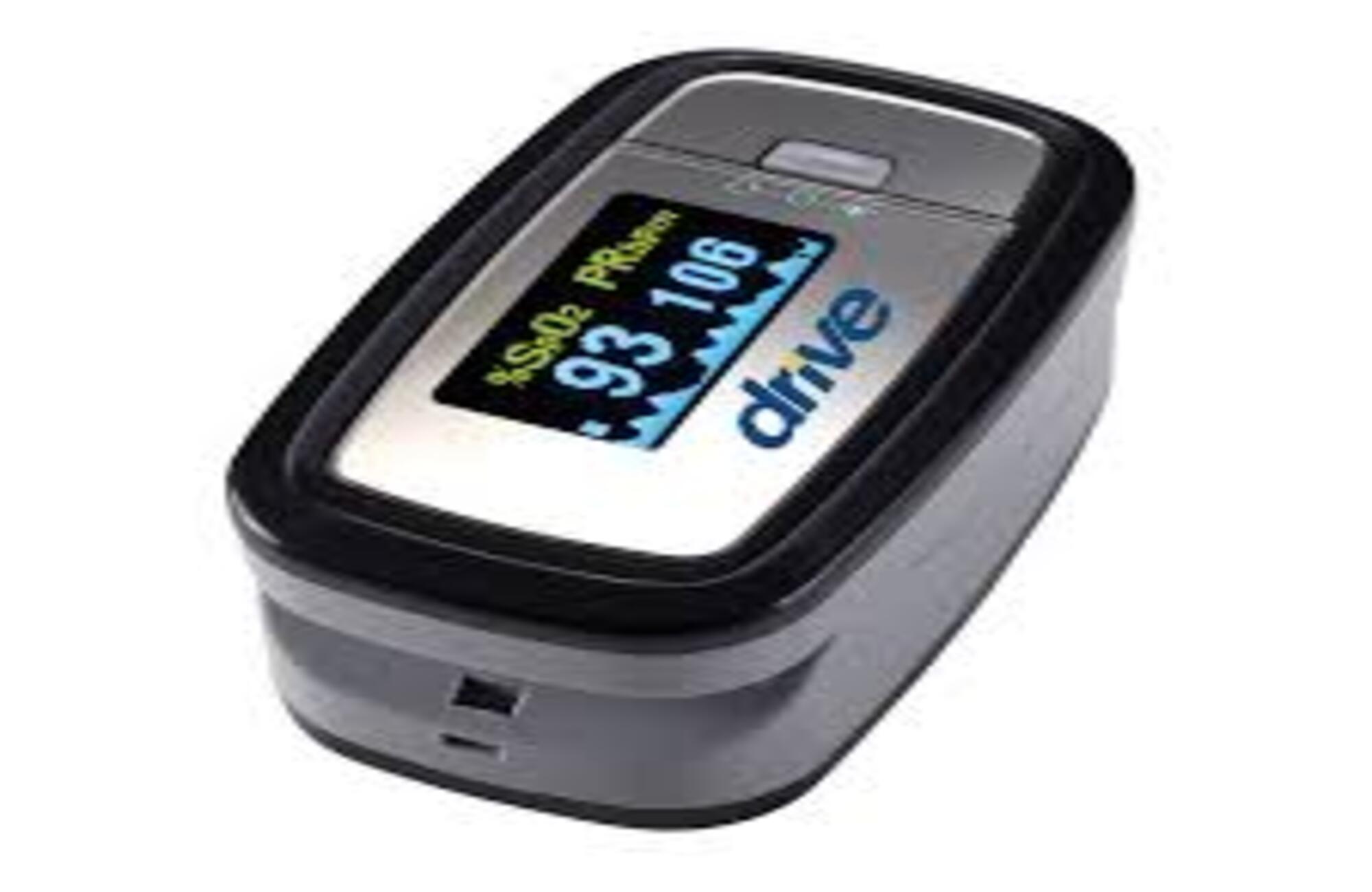It is not uncommon to see our newsfeed light up with the latest and greatest medication or instrument of care. Occasionally, it is an element of modern consumer-based technology that accomplishes a new clinical milestone. It is hard to imagine that an ultrasound (US) or electrocardiogram (ECG) would be implemented into a smartphone platform, or that a hobby-size drone (UAV) could become a delivery instrument for an automated external defibrillator (AED) or critical medication. At this point, we may want to consider the question: Are we there yet? Have we arrived at the dawn of a new age in medicine? Genetic therapies? Miniaturization? Increased access and care through portable technologies? How are the trickle-down effects of medical modernization affecting wilderness medicine? Are new technologies able to be repurposed for the delivery of care in the austere environment?
.jpg)
Approaching these questions seems to be a moving target whose speed matches tachycardic telemetry. Yet capturing that rapidly moving target in real time, accurately and meaningfully, is in fact the purpose of this column. Its installments will be an ongoing virtual journey, digesting the ever-changing digital diet of wilderness medicine technologies and making sense of the rapid blur in these developments.
Even before the Industrial Revolution, medical providers have sought to implement the resources of technology into the practice of patient care. The wheel, for example, made possible the use of traction pulleys in orthopedics, allowed for the foundation of patient transportation whether in wheelchairs, gurneys, or the modern ambulance. Thomas Edison light bulb allowed the illumination needed for the light reflex test and for visualization within the endoscope. Fast forward a few years and these technologies, building on themselves and others, have developed at an exponential rate. They have fostered several advances in medicine. Considering the smartphone, the UAV, and the I-Stat device, medical technologies are becoming smarter, smaller, and faster than ever before. The downstream effects of this work have been appreciated in wilderness medicine. Their implementation, however, can also have potentially deleterious effects.
.jpg)
t can be a challenge to consider all of the opportunities and ramifications that these technologies represent in the wilderness medicine environment. A thoughtful strategy of implementation raises many questions. How will this equipment endure the austere conditions of altitude, temperature, and humidity? Will their accuracy be affected? What is the ratio of clinical value to weight (in other words, is it worth carrying)? What will it add in clinical acumen? Can these tools be graded in wilderness medicine evidence-based practice guidelines to measure the degree to which they reduce morbidity and mortality?
Additionally, reflecting on the rapid growth of technology in wilderness medicine, it is necessary to also address the specific needs of education and training. Obviously, foundational skills in traditional medicine are learned in training programs, such as medical schools and PA/APRN, RN, and EMS training programs, but is this enough to qualify practitioners in implementing various technologies into their backcountry clinical practice? Are traditional CME training programs the right model, or is there a place for other certification opportunities such as wilderness medicine rotations and fellowships? What would it look like to include backcountry ultrasound certification, I-STAT lessons, and UAV/Drone Part 107 certifications in a wilderness medicine conference?

Answering these questions is a formidable goal, but one that will benefit the Wilderness Medical Society community and the patients under their care. In the following editions of this Technologies in Wilderness Medicine column, I will explore new and old technologies, shedding light on their practical applications. As each member must consider the needs of their team and their own specific ability to integrate various technologies into the context of their practice, this column will seek to become an enduring resource in an ever-changing growth market. In the coming year, we will discuss the use of UAV in Search and Rescue (SAR), evaluate the comparative hardiness of commercially available oxygen saturation monitors, and interview leaders in the field of wilderness medicine technology. Until then, keep your smart phone charged and your batteries warm!